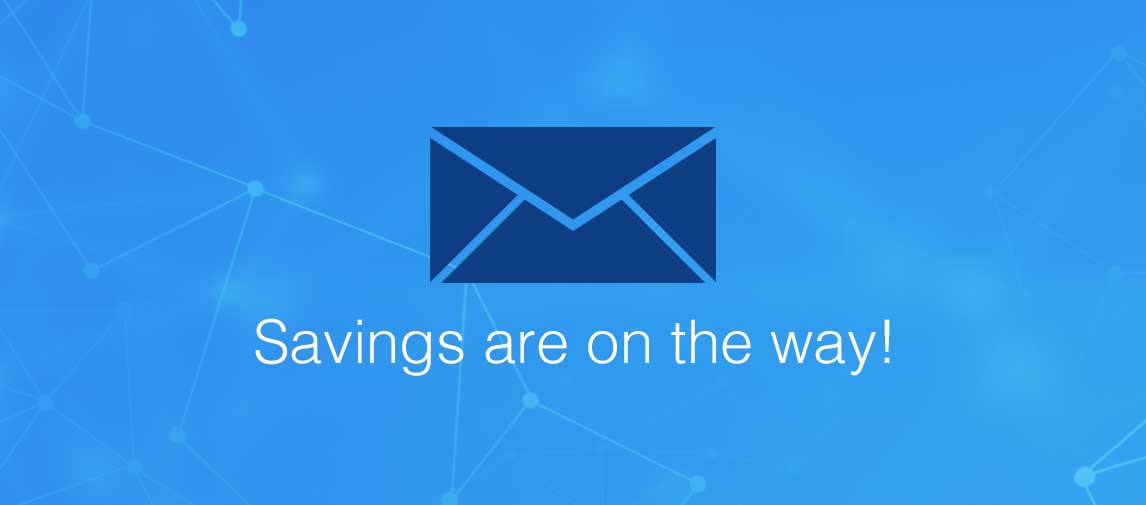title
Please take a moment to fill out this form. We will get back to you as soon as possible.
All fields marked with an asterisk (*) are mandatory.
Microsoft Internet Information Training Courses
Learn how to master Microsoft Internet Information by gaining knowledge and skills with our authorized training courses.

Course List
-
Featured Course
Transform executive productivity with Microsoft 365 Copilot
MOC-MS-4008
Discover how Microsoft 365 Copilot elevates workplace productivity and innovation. This experience, tailored for the modern . . .
- Duration: 1 Day
- Scheduled Classes : 5 Scheduled Classes
- Delivery Format: Classroom, Virtual
-
Featured Course
Extend Microsoft 365 Copilot with Copilot Studio actions and connectors
MOC-MS-4009
Learn how to create Copilot Studio actions that extend the knowledge and capabilities of Microsoft 365 Copilot with external . . .
- Duration: 1 Day
- Scheduled Classes : 6 Scheduled Classes
- Delivery Format: Classroom, Virtual
-
Featured Course
Build plugins and connectors for Microsoft 365 Copilot
MOC-MS-4010
This training course is designed to help you understand the extensibility options available for Build connectors and plugins . . .
- Duration: 1 Day
- Scheduled Classes : 6 Scheduled Classes
- Delivery Format: Classroom, Virtual
-
Featured Course
Microsoft Copilot Interactive Experience for Executives
MOC-MS-4012
Discover how Microsoft Copilot and Microsoft 365 Copilot elevates productivity and innovation. This experience, tailored . . .
- Duration: 1 Day
- Scheduled Classes : 5 Scheduled Classes
- Delivery Format: Classroom, Virtual
-
Build journeys with Dynamics 365 Customer Insights - Journeys
MOC-MB-7005
In this course, students will learn how to create and manage journeys with Dynamics 365 Customer Insights - Journeys. Concepts . . .
- Duration: 1 Day
- Delivery Format: Classroom, Virtual
-
Deploy and configure Microsoft 365 Copilot for Sales
MOC-MB-7007
In this instructor-led course, students will learn how to empower their organization's sellers by deploying and configuring . . .
- Duration: 1 Day
- Delivery Format: Classroom, Virtual
-
Microsoft 365 Endpoint Administrator
MOC-MD-102T00
In this course, students will learn to plan and execute an endpoint deployment strategy using contemporary deployment techniques . . .
- Duration: 5 Days
- Delivery Format: Classroom, Virtual
-
Microsoft 365 Fundamentals
MOC-MS-900T01
This course introduces Microsoft 365, an integrated cloud platform that delivers industry-leading productivity apps along . . .
- Duration: 1 Day
- Scheduled Classes : 6 Scheduled Classes
- Delivery Format: Classroom, Virtual
-
Microsoft 365: 2023 Feature Updates
vs-mos6040
Welcome to our Microsoft 365 courseware. Microsoft 365 is a subscription-based software online office and software services . . .
- Duration: 1 Day
- Scheduled Classes : 5 Scheduled Classes
- Delivery Format: Classroom, Virtual
-
Microsoft® Office 365™ Online (with Skype® for Business) note: for Office 2013, 2016, or later
LO-091029
This course is an introduction to Microsoft® Office 365® with Skype® for Business in a cloud-based environment. It can be . . .
- Duration: 1 Day
- Scheduled Classes : 9 Scheduled Classes
- Delivery Format: Classroom, Virtual
-
Microsoft® Office 365™ Online Productivity Apps
LO-091030
This course builds on your foundational knowledge of the Microsoft® 365 core apps and takes a deeper look at some of the . . .
- Duration: 1 Day
- Scheduled Classes : 9 Scheduled Classes
- Delivery Format: Classroom, Virtual
-
MS-4014: Build a foundation to extend Microsoft 365 Copilot
MOC-MS-4014
This course explores how to extend Copilot's capabilities through Microsoft Graph connectors, declarative and custom engine . . .
- Duration: 1 Day
- Delivery Format: Classroom, Virtual
-
MS-4017: Manage and extend Microsoft 365 Copilot
MOC-MS-4017
This course examines how administrators can manage and extend Microsoft 365 Copilot to meet their business needs. The course . . .
- Duration: 1 Day
- Delivery Format: Classroom, Virtual
-
We're sorry there are no current courses meeting your filters, but please contact a training advisor who can suggest alternatives aligned with your goals and interests.
Get Personalized Training Solutions
Need a personalized solution for your Training? Contact us, and our training advisors will guide you.
Need Help? We're Here!
Have questions about courses, instruction, materials covered, or finding the right fit? We're here to help!
Need more Information?
Speak with our training specialists to continue your learning journey.
Talk to our team






